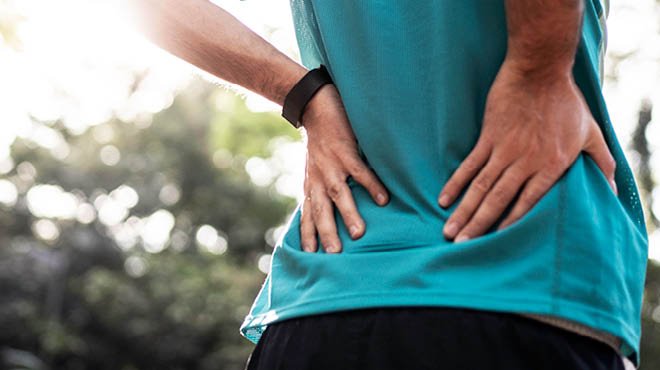A Guide on Acute Lower Back Pain
Australian Institute of Health and Welfare
Over 4.0 millions Australians a year experience Acute low back pain.
Lower back pain is when you feel pain around your waist and lower bottom. Lifestyle factors such as repeated lifting of heavy loads, incorrect postures, unsupported sitting and fatigue-injuries are common causes. Other lifestyle risk factors such as smoking, obesity can also contribute to low back pain.
The term ‘non-specific’ means that the cause of pain is not caused by a specific serious source or condition. There are many factors which may increase your risk of experiencing low back pain; A lot of times, even imaging techniques cannot fully identify what is causing your back pain.
-
Health professionals such as Physiotherapists are trained to distinguish between a serious and non-serious cause of low back pain. They will do this by asking you questions on the nature of the pain and physically examining your back and surrounding structures. Your Physiotherapist will determine if Imaging may be needed to diagnose acute non-specific low back pain.
-
See a medical professional such as a Physiotherapist who can assess and determine whether your low back pain is serious or not and can give you a specific diagnosis. Hands on therapy, exercises and education may be prescribed to you to help with your rehabilitation.
Use of a back brace can add stability to your lower back when it is unstable due to injuries or weakened structures.
Staying active can help muscles relax providing relief of pain. Exercise can also reduce the frequency of recurring back pains.
Use of heat and medications such as Ibuprofen or Diclofenac for temporary pain relief.
-
The Back Therapy Brace is designed to provide support for the lower back and can help with your Lower Back Pain.
Tools such as MYBACK are also available online for you to fill out and can help give you more details regarding your symptoms and provide you with a management plan. However, it is always best to discuss the results of this questionnaire your health professional team.
If you experience any of the following symptoms you must seek professional medical advice from your doctor: night pain, difficulty sleeping, rapid weight change, gradual onset and worsening on pain. If you experience back pain combined with reduced sensation, weakness in lower body muscle groups you must also follow up with your medical health professional.
Disclaimer: This article serves as a general guide you must always consult a medical professional regarding treatment for all injuries and pain.


